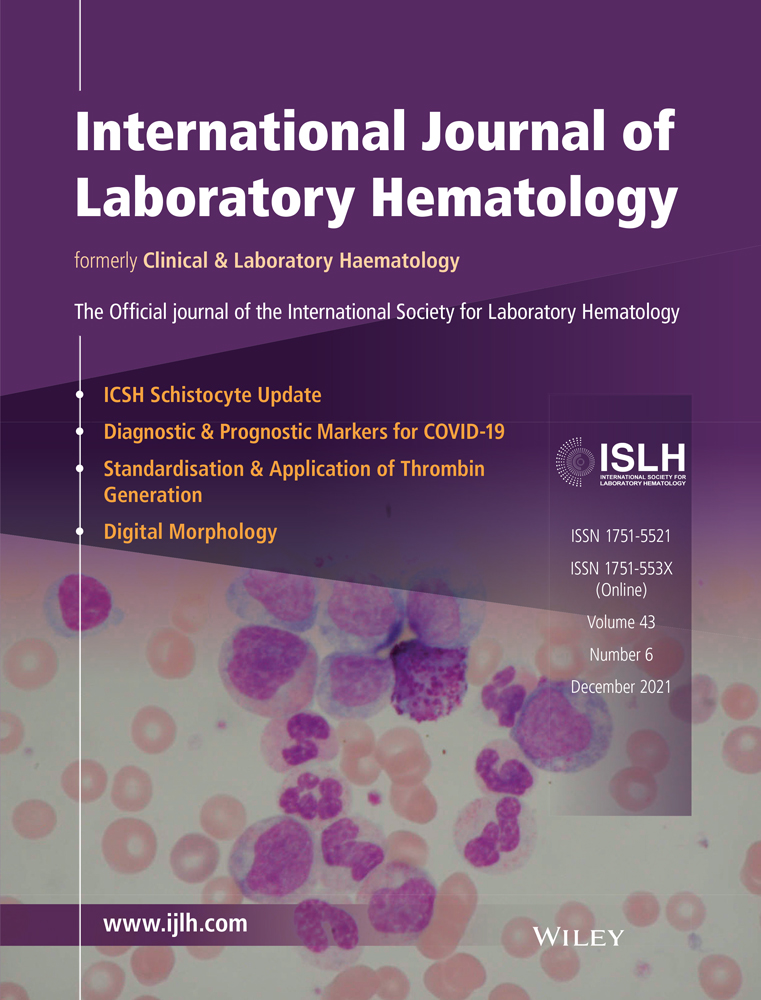Continuous reference curves for common hematology markers in the CALIPER cohort of healthy children and adolescents on the Sysmex XN-3000 system
Abstract
Introduction
Clinicians and healthcare professionals rely heavily on health-associated standards, such as reference intervals (RIs), for appropriate laboratory test result interpretation. RIs are commonly partitioned into discrete age/sex bins based on statistical and/or clinical significance. In pediatric hematology, such partitioning does not adequately represent complex variation in analyte concentrations throughout maturation. The objective of this study was to establish continuous RIs for common hematological parameters in the healthy pediatric Canadian Laboratory Initiative on Pediatric Reference Intervals (CALIPER) cohort.
Methods
Data from healthy CALIPER children and adolescents (6 months-<19 years) were used to generate continuous RIs (ie, 2.5th and 97.5th quantiles) for 19 hematological parameters. Continuous curves were statistically established with nonparametric quantile regressions. Flagging rate analysis was completed for the established continuous upper and lower reference limits and subsequently compared to previously published discrete CALIPER reference intervals for all parameters.
Results
Continuous RIs were established for 19 hematology parameters, where seven required sex-specific reference curves. Based on flagging rate assessment, continuous RIs appear to more accurately estimate hematological reference limits over the pediatric age range, especially for analytes with complex age- and sex-specific reference value patterns.
Conclusions
This is the first study to generate continuous RIs for a breadth of hematological markers in a healthy pediatric Canadian population. The increased power of continuous reference intervals to accurately estimate the complex relationship between hematological analyte concentration and age during a time of extensive growth and development is expected to improve laboratory test result interpretation and, subsequently, pediatric clinical decision-making.
CONFLICT OF INTEREST
We have no conflicts of interests to declare.
Open Research
DATA AVAILABILITY STATEMENT
The data that support the findings of this study are available from the corresponding author upon reasonable request.




